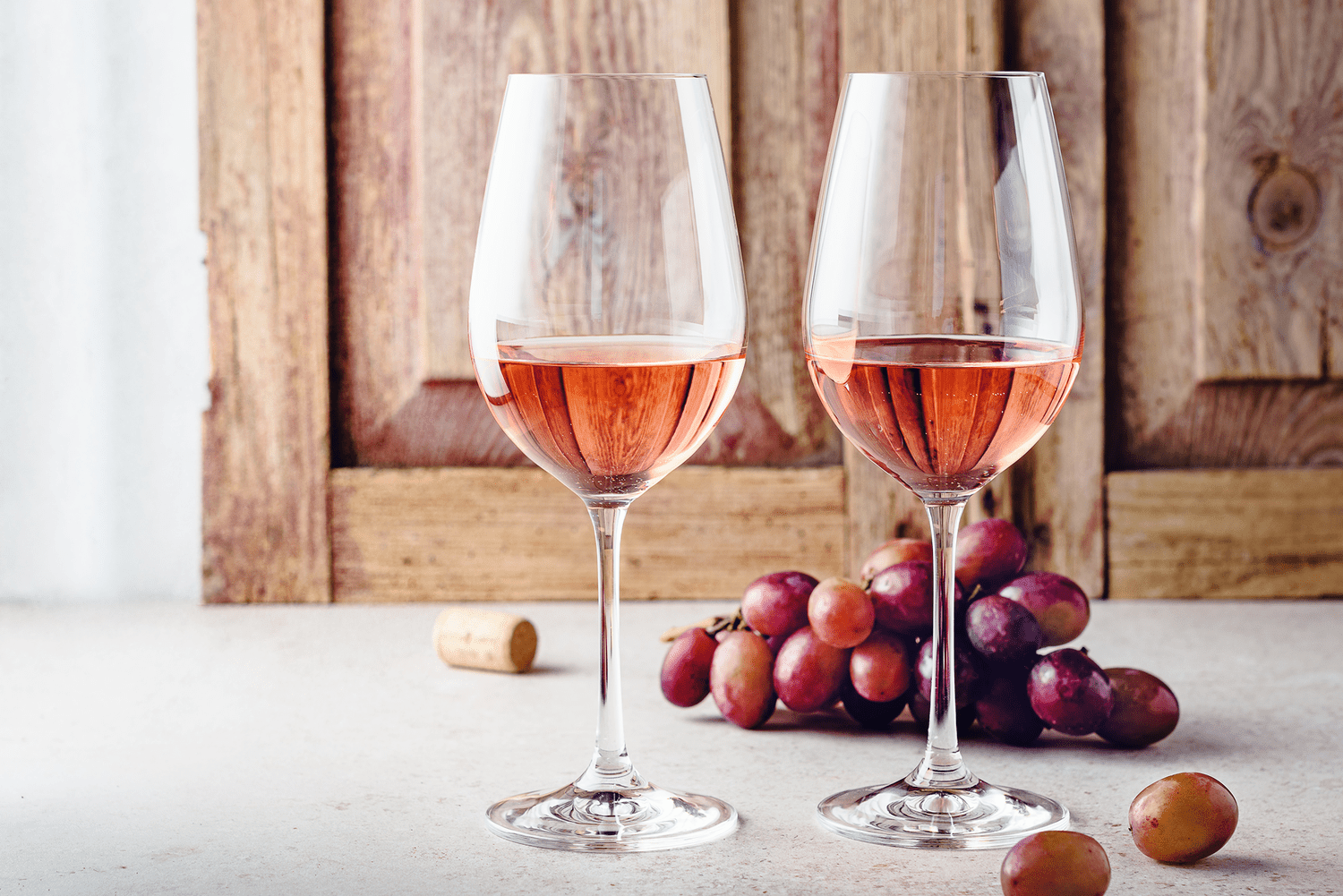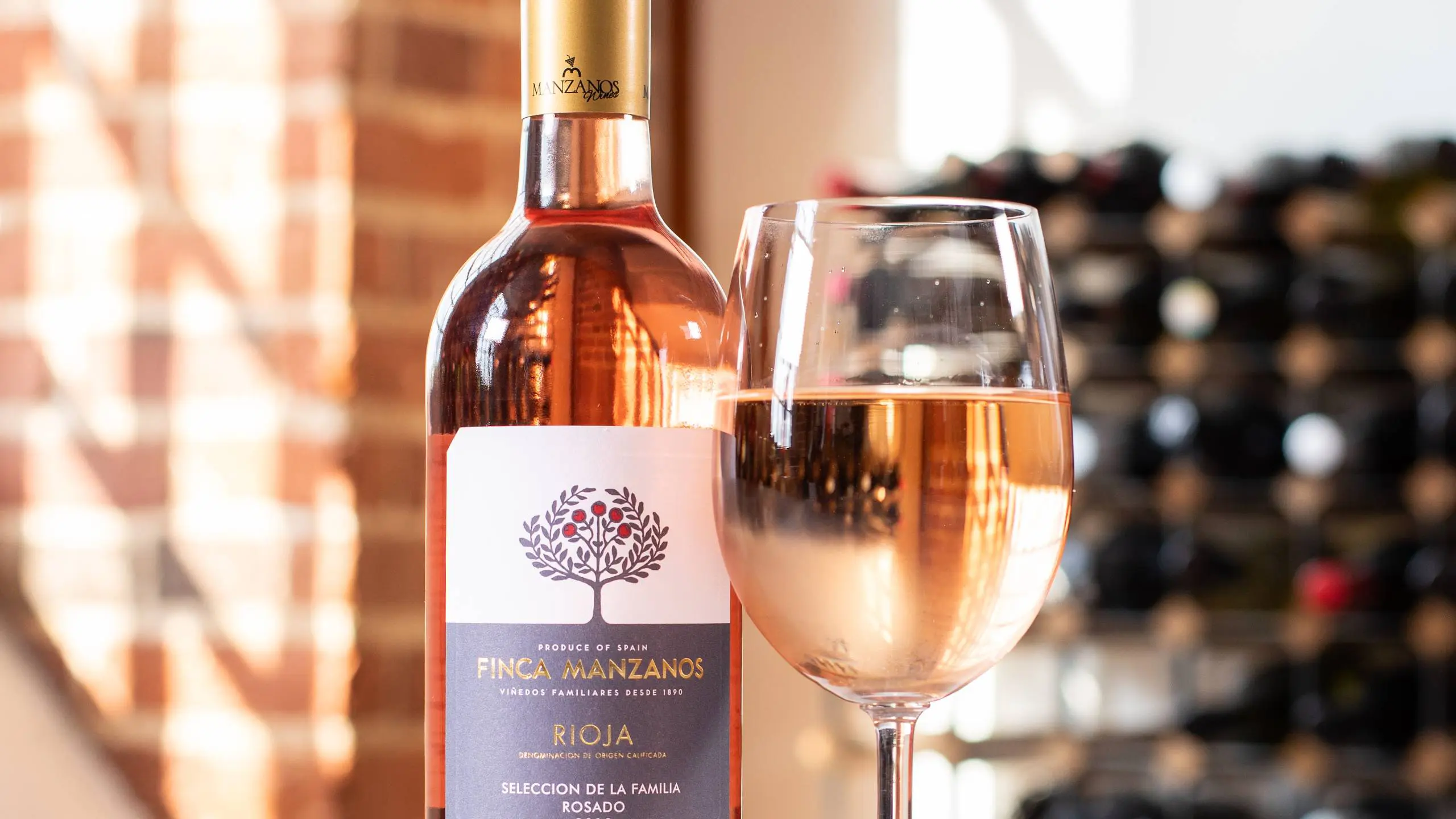The perception of rosé wine has undergone a dramatic transformation in recent years, evolving from a simple summer refresher to a sophisticated, year-round beverage that commands respect in wine circles worldwide. What was once dismissed as a lightweight, overly sweet drink reserved for poolside sipping has emerged as one of the most versatile and rapidly growing segments in the wine industry. This pink-hued phenomenon represents far more than just a seasonal trend – it embodies a complete shift in how we approach wine consumption, food pairing, and lifestyle choices.
Modern rosé production has evolved far beyond its humble origins, with winemakers around the globe experimenting with different grape varieties, production methods, and aging techniques to create wines of remarkable complexity and depth. From the traditional saignée method to direct pressing techniques, contemporary rosé wines offer an impressive spectrum of flavors, colors, and styles that challenge preconceived notions about what pink wine can be.
The transformation of rosé from summer novelty to year-round staple reflects broader changes in wine culture, where consumers increasingly value versatility, accessibility, and food-friendliness over rigid traditional categories.
The Evolution from Seasonal to Year-Round Appeal

The traditional association of rosé with summer months stemmed from its refreshing qualities and the common practice of serving it well-chilled on hot days. However, this seasonal limitation severely underestimated the wine’s true potential and versatility. The shift toward year-round rosé consumption represents one of the most significant changes in wine drinking patterns of the past decade.
Modern consumers have discovered that rosé’s appeal extends far beyond warm-weather refreshment. The wine’s natural acidity and balanced flavor profile make it an excellent choice for autumn and winter dining, particularly when paired with heartier dishes. Winemakers have responded to this demand by creating more structured, complex rosé wines that can stand up to cooler weather and richer foods.
The transformation has been so complete that wine retailers now stock extensive rosé selections throughout the year, and restaurants feature rosé prominently on their wine lists regardless of season. This year-round availability has helped normalize rosé consumption and eliminate the artificial barriers that once confined it to specific months.
The versatility that enables year-round enjoyment stems from rosé’s unique position between red and white wines. It combines the fresh acidity typically associated with white wines with the fruit-forward characteristics and subtle tannins derived from red grape varieties.
Versatility in Style and Production Methods
One of the most compelling aspects of modern rosé is the incredible diversity of styles available to consumers. Unlike the homogeneous pink wines of the past, today’s rosé market offers everything from bone-dry, mineral-driven wines to fruit-forward, slightly off-dry expressions. This variety ensures that there’s a rosé style to suit virtually any palate preference or food pairing requirement.
The production methods used to create rosé significantly impact the final wine’s character, color, and complexity. Different grape varieties contribute distinct characteristics – Grenache produces soft, salmon-pink wines with crisp bodies, while Malbec-based rosés display deeper fuchsia hues and richer palate weight. These variations allow producers to craft rosé wines that can satisfy different market segments and consumption occasions.
The global expansion of rosé production has introduced regional variations that reflect local terroir and winemaking traditions. While France remains the category leader, virtually every major wine-producing region now creates distinctive rosé styles. This geographic diversity has enriched the rosé world and provided consumers with an unprecedented range of options.
Premium rosé producers have also begun experimenting with aging techniques, creating more complex wines that challenge the perception of rosé as a simple, immediate-consumption wine. Some producers age their rosé wines in oak barrels or on lees, developing additional layers of flavor and texture that rival those found in premium red and white wines.
Food Pairing Excellence Across Seasons

The food-pairing versatility of rosé represents one of its greatest strengths and a key factor in its transition to year-round consumption. The wine’s natural acidity and balanced flavor profile make it exceptionally food-friendly, capable of complementing dishes that might overwhelm lighter white wines or clash with heavier reds.
During warmer months, rosé’s crisp acidity and refreshing character make it an ideal companion for light salads, seafood, and grilled vegetables. However, its versatility truly shines when paired with more substantial fare during cooler seasons. The wine’s ability to cut through rich, creamy sauces while complementing umami-rich dishes makes it perfect for autumn and winter dining.
Rosé excels with Italian cuisine, particularly pasta dishes and pizza, where its acidity can balance rich tomato sauces and complement various toppings. The wine also pairs beautifully with Asian cuisine, where its fruit-forward character can handle spicy elements while its acidity cleanses the palate between bites.
The range of rosé styles available allows for sophisticated food pairing across different weight categories. Lighter, more delicate rosé wines work well with subtle dishes, while fuller-bodied expressions can stand up to grilled meats and more robust preparations. This flexibility gives sommeliers and home wine enthusiasts numerous pairing opportunities throughout the year.
Health Benefits and Lifestyle Integration
Beyond its culinary versatility, rosé offers potential health benefits that contribute to its appeal as a lifestyle choice. Made from red grapes, rosé contains resveratrol, the antioxidant compound typically associated with red wine’s health benefits. While the concentration is lower than in red wines, it’s significantly higher than in white wines, making rosé a middle ground for health-conscious wine drinkers.
Moderate rosé consumption may help increase good cholesterol levels, lower blood pressure, and provide antioxidant benefits. The wine’s typically lower alcohol content compared to many red wines also makes it a more moderate choice for regular consumption. Additionally, organic rosé wines, which avoid synthetic additives and have lower residual sugar content, offer even greater health advantages.
The lifestyle aspect of rosé extends beyond health considerations to encompass its role in social situations and personal enjoyment. The wine’s approachable nature and broad appeal make it an excellent choice for entertaining, while its sophisticated variations satisfy serious wine enthusiasts. This dual nature allows rosé to bridge different social contexts and consumption occasions.
Market Growth and Cultural Impact

The commercial success of rosé reflects its cultural impact and changing consumer preferences. The market has experienced explosive growth, with sales increasing at rates far exceeding those of traditional wine categories. This growth has attracted celebrity endorsements and premium brand development, further elevating rosé’s status and market presence.
Celebrity involvement, from Brad Pitt and Angelina Jolie’s Château Miraval to Drew Barrymore’s wine line, has helped legitimize rosé as a serious wine category while maintaining its fun, accessible image. These high-profile endorsements have contributed to rosé’s transformation from a niche product to a mainstream lifestyle choice.
The cultural shift toward rosé consumption reflects broader changes in how consumers approach wine. Modern wine drinkers increasingly value versatility, food-friendliness, and approachability over traditional prestige markers. Rosé embodies these values while offering the complexity and sophistication that serious wine enthusiasts demand.
The Future of Rosé as a Year-Round Wine
The evidence overwhelmingly supports rosé’s evolution from a seasonal novelty to a legitimate year-round wine category. Its style versatility, food pairing capabilities, and broad consumer appeal position it for continued growth and acceptance across all seasons. As winemakers continue to innovate and consumers become more educated about rosé’s potential, the artificial boundaries that once confined it to summer months will continue to dissolve.
The future of rosé lies in its ability to satisfy diverse consumer needs while maintaining the approachable, fun character that initially drove its popularity. Whether enjoyed as a refreshing summer sipper or a sophisticated dinner companion in winter, rosé has proven that great wine transcends seasonal limitations and arbitrary categorizations.


